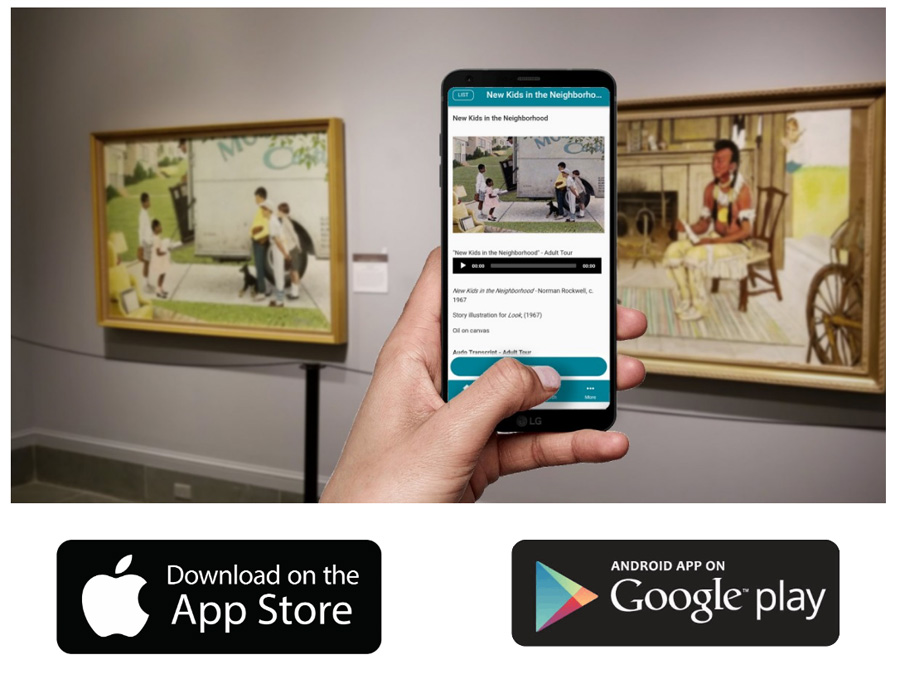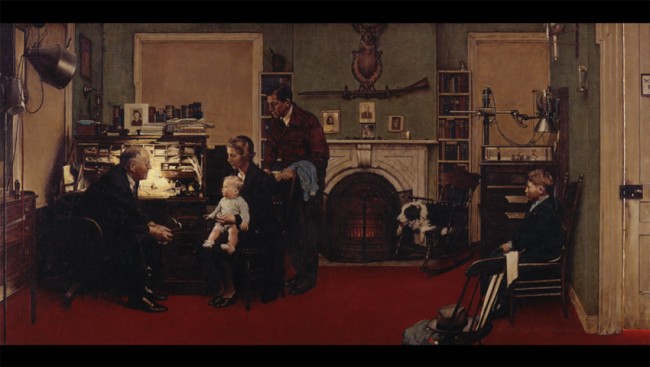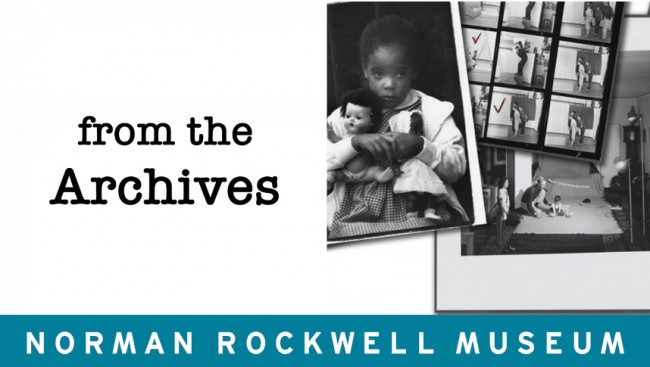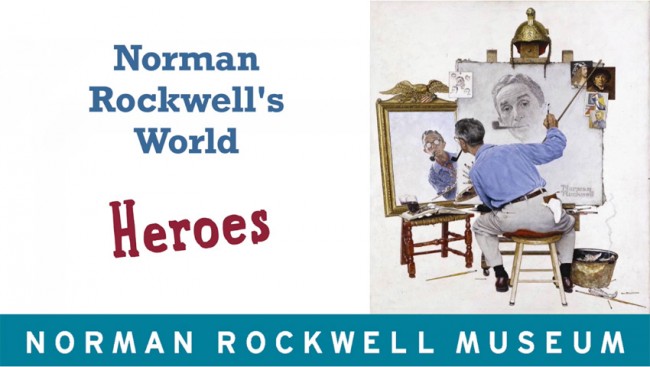Virtual Museum
There is a lot to see and do in the virtual Norman Rockwell Museum!
Virtual Exhibitions
(library element)
Video Gallery
NRMtv
Digital Collection
(library element)
Curriculum
A gifted storyteller and a masterful painter, Norman Rockwell was also chronicler of his times. His images celebrate the extraordinary in the commonplace, inspiring us to see that which we may not have noticed ourselves during the course of our busy lives.
The lessons and ideas for learning in the Norman Rockwell Museum’s Curriculum Lab are adaptable for elementary and secondary grade levels, aligned to the Common Core Education Standards, and educators are encouraged to choose those best suited to individual class needs and educational goals.
Created in the Understanding by Design model, which promotes student engagement and encourages the application of knowledge in meaningful ways, the Norman Rockwell Museum’s Curriculum:
- focuses on “big ideas” worthy of deeper consideration
- frames units of study around essential questions
- offers a continuum of assessment methods to help promote student understanding
Illustration Resources
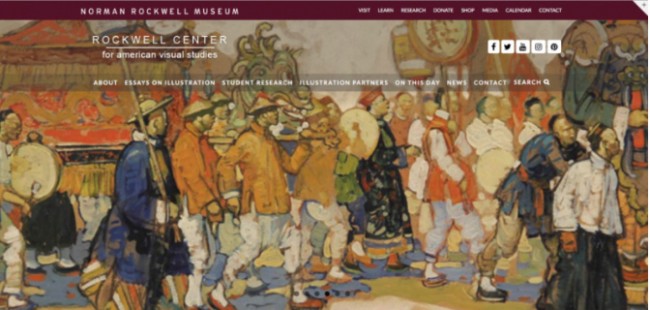
The Rockwell Center for American Visual Studies at the Norman Rockwell Museum in Stockbridge, Massachusetts, is a national research institute dedicated to American illustration art. Here you can find information about the center, connect to programs, and learn more about our partners as we work together to build awareness and scholarship about American Illustration and the role it plays in our society, culture, and history. More >
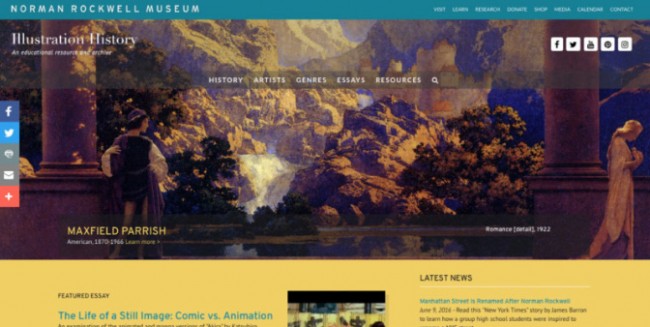
On August 15, Norman Rockwell Museum officially launched a new, comprehensive, online resource dedicated to the illustration arts. IllustrationHistory.org will serve as an evolving site, provide greater access to information about the field in which Norman Rockwell played a seminal role. Explore all facets of illustration including the vast history of illustration, genres of illustration, noted illustrators, essays on illustration, and resources on illustration from around the world. More >
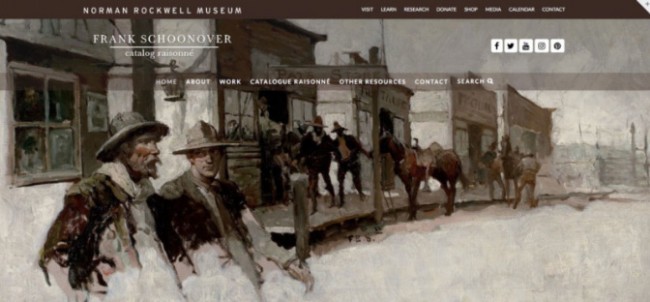
Search through the content of over 3200 database entries on the catalogue of work of Frank E. Schoonover, the Catalogue Raisonne. Thanks to his remarkable daybooks, which record over 2500 entries, important information about his entire ouvre is available. More >
Interactive Experiences
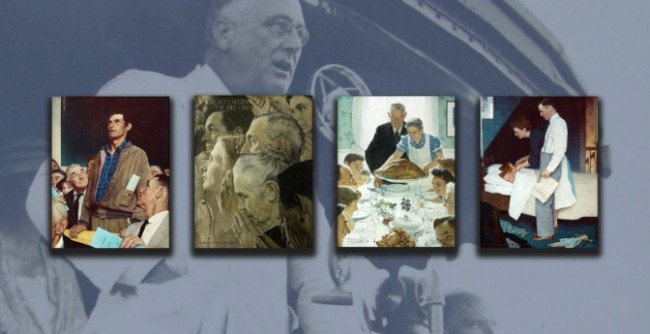
Rockwell, Roosevelt & the Four Freedoms – Timeline
This interactive timeline depicts important events and milestones relevant to the exhibition, Norman Rockwell: American Freedom – from the period of the early 1930’s through today, tracked across three categories: Franklin D. Roosevelet, Norman Rockwell, and World Events.
Best viewed on: desktop, mobile device
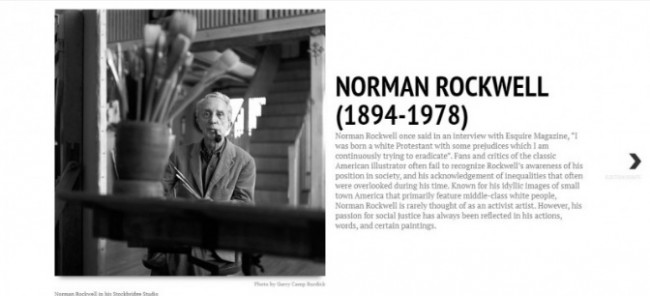
Norman Rockwell and Activism – Timeline
In an interview later in his life, Rockwell recalled having been directed to paint out a black person out of a group picture because “Saturday Evening Post” policy at that time allowed showing black people only in service industry jobs. Having left the Post in 1963, Rockwell was free from such restraints and seemed eager to correct prejudices inadvertently reflected in previous work. The Problem We All Live With, Murder in Mississippi, and New Kids in the Neighborhood ushered in that new focus. This timeline explores Rockwell’s work during the Civil Rights period of the 1960’s.
Best viewed on: desktop, mobile device
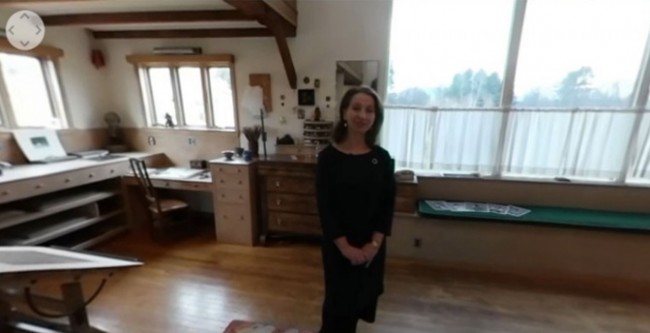
360 Video – Norman Rockwell’s Studio
Watch this 360 degree video tour of Norman Rockwell’s Stockbridge Studio by Stephanie Plunkett, Deputy Director and Chief Curator of Norman Rockwell Museum. Rockwell occupied some 20 studios during his life, but it was the last one—seen below—that he called his “best studio yet.” The building was originally located in the backyard of his home on South Street in Stockbridge, Mass. In 1976, toward the end of his life, Rockwell left the studio and its contents to Norman Rockwell Museum. The building was cut in two and moved to the Museum’s grounds in 1986.
Best viewed on: desktop, mobile device, Virtual Reality headset using the YouTube App
Mobile App
